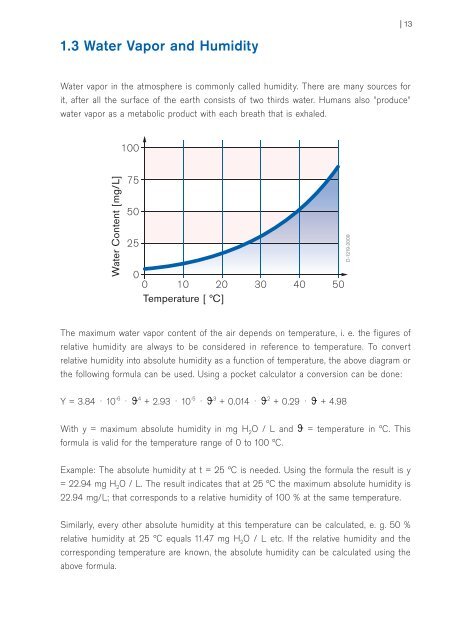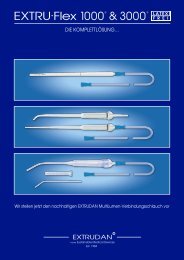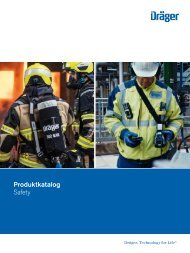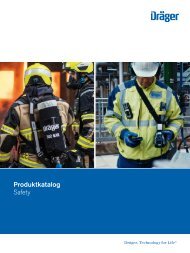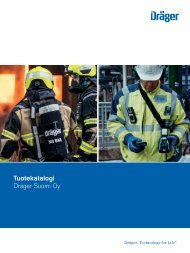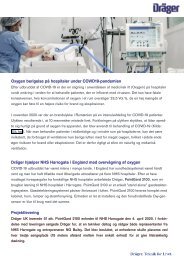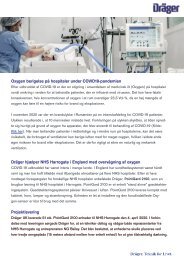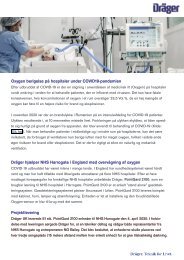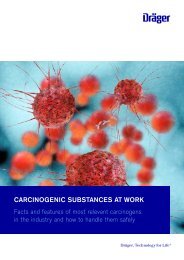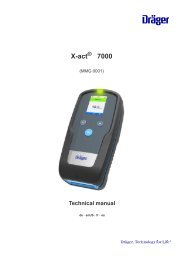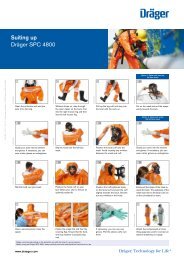Create successful ePaper yourself
Turn your PDF publications into a flip-book with our unique Google optimized e-Paper software.
1.3 Water Vapor and Humidity<br />
|13<br />
A<br />
Water vapor in the atmosphere is commonly called humidity. There are many sources for<br />
it, after all the surface of the earth consists of two thirds water. Humans also "produce"<br />
water vapor as a metabolic product with each breath that is exhaled.<br />
100<br />
Water Content [mg/L]<br />
75<br />
50<br />
25<br />
0<br />
0 10 20 30 40 50<br />
Temperature [ °C]<br />
D-1219-2009<br />
The maximum water vapor content of the air depends on temperature, i. e. the figures of<br />
relative humidity are always to be considered in reference to temperature. To convert<br />
relative humidity into absolute humidity as a function of temperature, the above diagram or<br />
the following formula can be used. Using a pocket calculator a conversion can be done:<br />
Y = 3.84 ⋅ 10 -6 ⋅ ϑ 4 + 2.93 ⋅ 10 -5 ⋅ ϑ 3 + 0.014 ⋅ ϑ 2 + 0.29 ⋅ ϑ + 4.98<br />
With y = maximum absolute humidity in mg H 2 O / L and ϑ = temperature in °C. This<br />
formula is valid for the temperature range of 0 to 100 °C.<br />
Example: The absolute humidity at t = 25 °C is needed. Using the formula the result is y<br />
= 22.94 mg H 2 O / L. The result indicates that at 25 °C the maximum absolute humidity is<br />
22.94 mg/L; that corresponds to a relative humidity of 100 % at the same temperature.<br />
Similarly, every other absolute humidity at this temperature can be calculated, e. g. 50 %<br />
relative humidity at 25 °C equals 11.47 mg H 2 O / L etc. If the relative humidity and the<br />
corresponding temperature are known, the absolute humidity can be calculated using the<br />
above formula.


